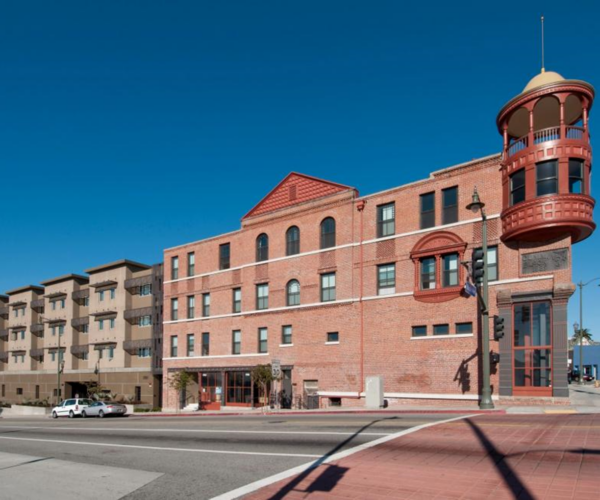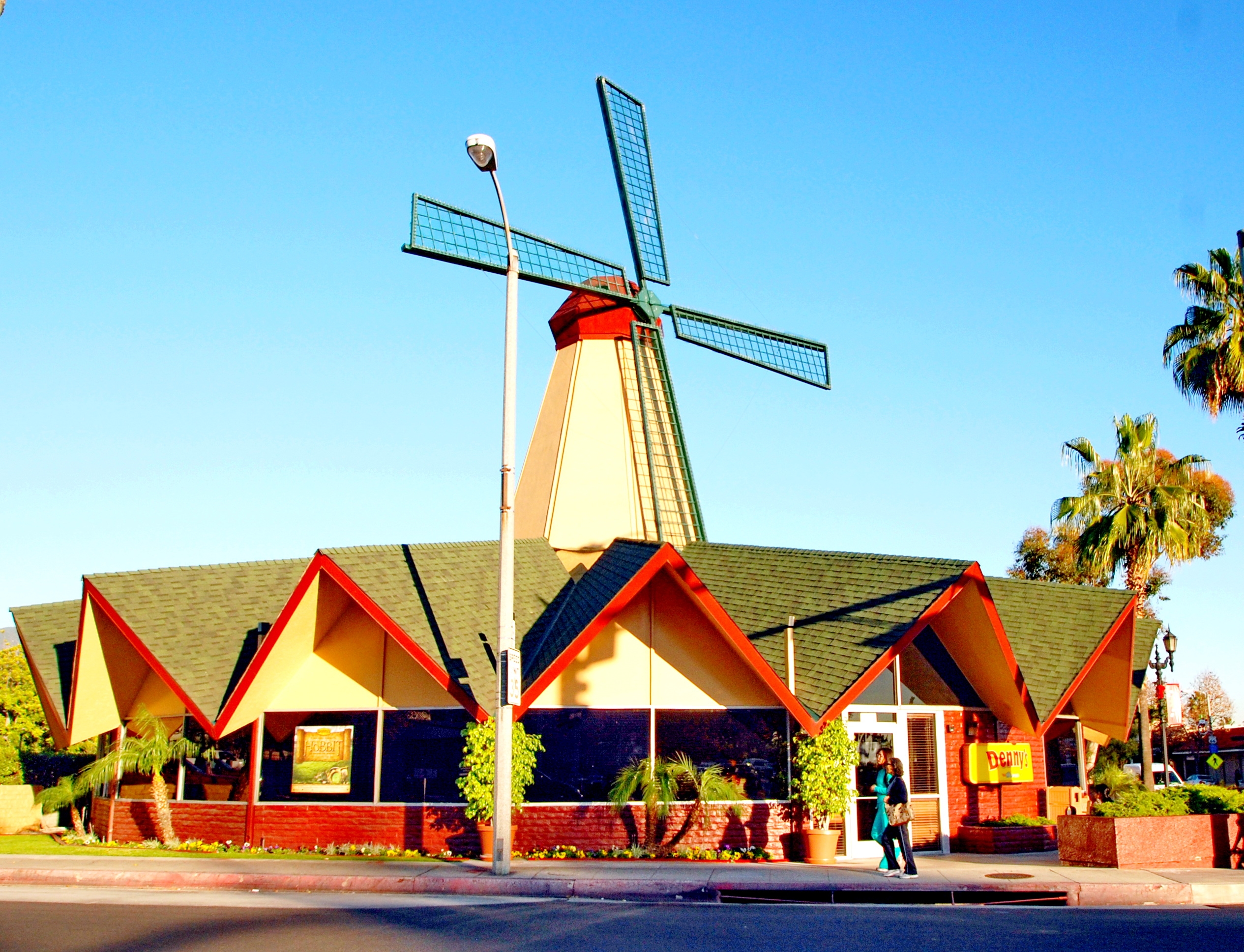
Place
Pegasus Apartments
Representing a significant stage in the evolution of the high-rise office buildings of Los Angeles, the 1949 Mobil Oil/General Petroleum Building was one of Wurdeman and Becket's first major office commissions.


Place Details
Address
Get directions
Architect
Year
Style
Decade
Property Type
Community

Photo courtesy Architectural Resources Group | Photo courtesy Architectural Resources Group
The Mobil Oil/General Petroleum Building, spanning a full block of Flower Street, represents a significant stage in the evolution of the high-rise office buildings of Los Angeles. It was designed by architects Wurdeman and Becket and building contractor P. J. Walker. When completed in 1949, it was not only the first major office building constructed downtown after World War II, but the largest in the city. The General Petroleum building was Wurdeman and Becket’s first major office commission and one of the first steps in the prominent firm’s redefinition of the modern architecture idiom in Los Angeles.
Limited by the 150-foot height limit in effect at that time, the architects opted to expand the building’s footprint and make it modular in every way, with movable partitions and flexible interior arrangements. They used innovative techniques and materials in the structural system, fireproofing, and fenestration. The most notable exterior features are the long aluminum fins that divide the inset horizontal bands of windows into vertical strips. These are sun shades, designed to lower the cost of air conditioning the building.
The first floor of the building is clad in black granite, while the rest is clad in a light-colored Gladding-McBean glazed terra cotta tile. The result is an illusion of the main volume floating over the sidewalk, wider than it is tall, solid yet weightless. In 2003, the building was converted into apartments, retaining all original exterior features; it is called The Pegasus, after the Mobil Oil symbol of the winged horse that once graced the top of the building. The General Petroleum building is an important landmark symbolizing not just the development of Wurdeman and Becket’s work, but the evolution of office building design in Los Angeles during the postwar period. Its transformation earned a Conservancy Preservation Award.



